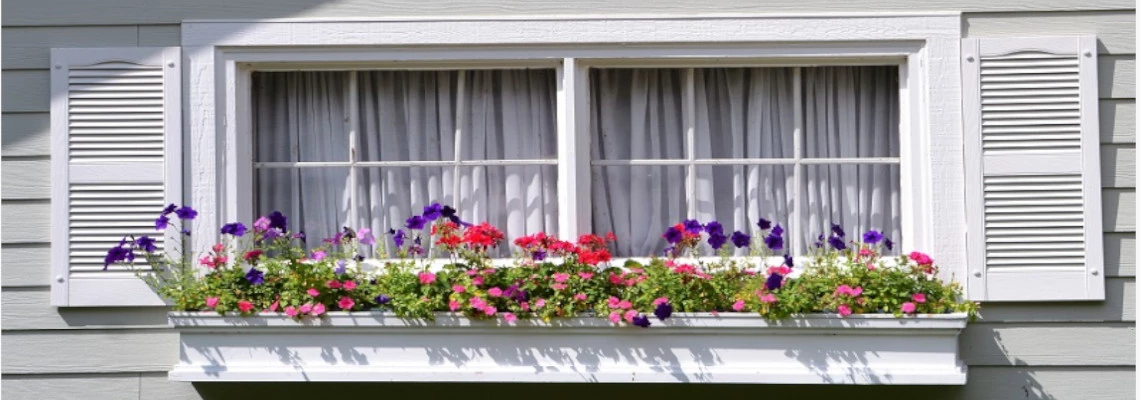
How to clean Cedral® cladding boards?*
Your house exterior walls are the first thing your visitors see. The weather conditions are particularly conducive to the formation of dirt on facades. The UK is in a tricky position when it comes to weather. It can experience a range of adverse weather which we witness every year. Unfortunately, due to the constant changes in the climate, it can have a significant impact on exterior cladding too. The exterior cladding boards of your home get put through a lot and chances are, they aren’t looking their best because of it.
If your walls are cladded with Cedral planks, you’ll have no doubt acquired some unwanted pests on their exterior. With their wood grained texture, water retention is often promoted on their surface, which in turn helps the growth of any algae or lichen.
As these affect the appearance of your cladding as well as, it’s important to keep on top of any maintenance.
These days there are a number of tools and techniques and cleaning agents that can make the job easier. But careful planning and preparation are essential if you want to do the job right. However, many people seem to still get this wrong, whether it’s using the wrong products or simply needing a contractor to do it.
In this article we will cover Cedral cladding cleaning techniques.
1. Cleaning cladding with water
Humans have been storing water for centuries. Before, when people lived as hunters, river water was applied for drinking water purposes. Not only that! Water was one of the most popular neutral cleaner.
For decades water is the basis for every possible cleaning agent and it is also a solvent cleanser in itself. Using the old-fashioned technique of water and a cloth you can clean Cedral cladding boards too.
Hand washing is probably one of the less popular options however it works well to remove the smallest pieces of dirt. If you are thinking about cleaning Cedral cladding, we always recommend starting off with a machine to help you clean otherwise it can potentially take you hours. If you are going to clean by hand ensure you have the right protective clothing including overalls.
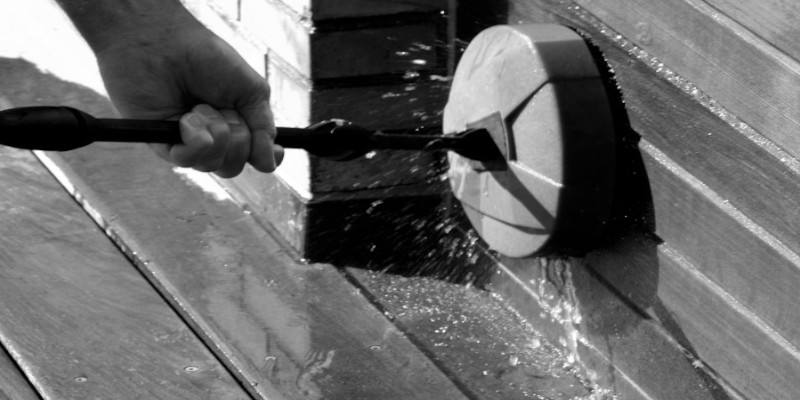
Cleaning cladding with water
source:Leroy Merlin .
Cleaning wih water- unfortunately, this technique only works in easily accessible places. When it comes to cladding boards, especially those that cannot be easily accessed, homeowners find themselves in quite a dilemma. This is where telescopic window cleaning pole steps in.
How do I use extension pole to clean cladding?
You’ll need a garden hose with a stream sprayer attachment, a bucket of water, an extension pole, and a brush and squeegee that can be attached to your extension pole.
Dip your brush or sponge into a bucket. Using your extension pole, scrub the boards with your brusher sponge. Start at the top and work your way down.
If you’re not able to clean your cladding boards with an extendable squeegee, then you can get the job done with a ladder and sufficient safety equipment.
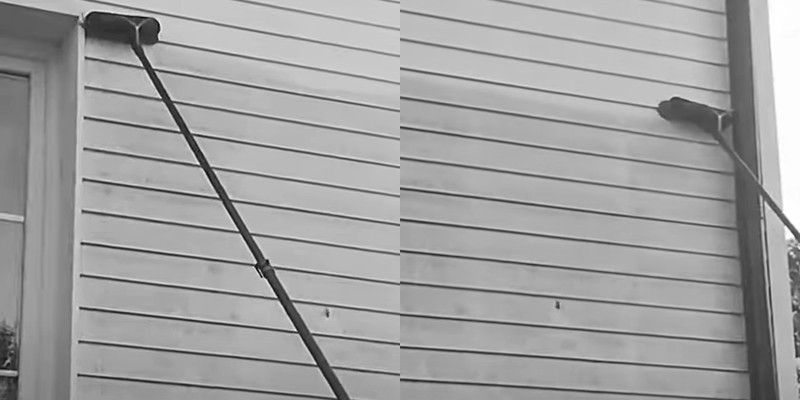
Cleaning cladding boards with extension pole
source:YouTube .
Cleaning cladding of the ladder
Place your ladder securely and make sure that your harnessing gear is hooked up. Ideally, you should have a friend holding the base of the ladder secure for you.
Tip
As an extra precaution, never perform any high-up board cleaning without having someone within shouting distance in case of an accidental fall.
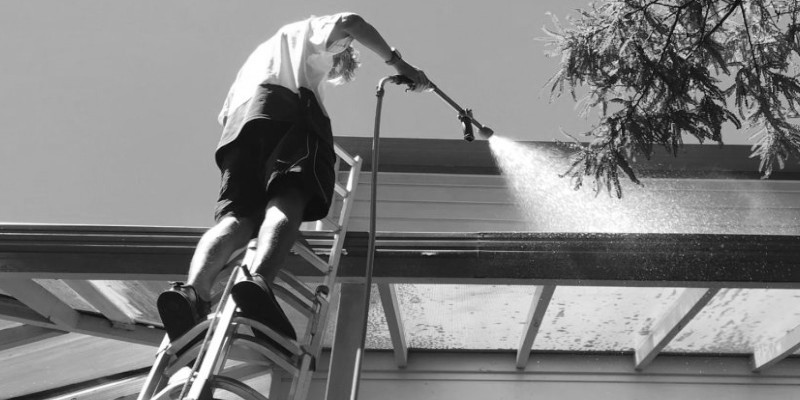
Cleaning cladding of the ladder
source:https://nztreatmentsandspraying.co.nz/wp-content/uploads/2021/07/Roof-Cleaning-39.jpg
2. Cleaning cladding with pressure washer
Pressure washing is often a popular choice for removing unwanted additions to your cladding. Jet washing is a great way to remove any dirt and can often restore cladding back to its original colour.
Washing the cladding board with a pressure washer cleans the plank well from the layer of impurities and organic deposits. However, if you will be using too high pressure, you can easily damage your façade and surrounding plants.
This is where water and vinegar takes its place.
Tip
Always cover small plants and areas of lawn near the house.
Move lawn furniture away from the house.
Use plastic sheeting to cover all vents and electrical outlets.
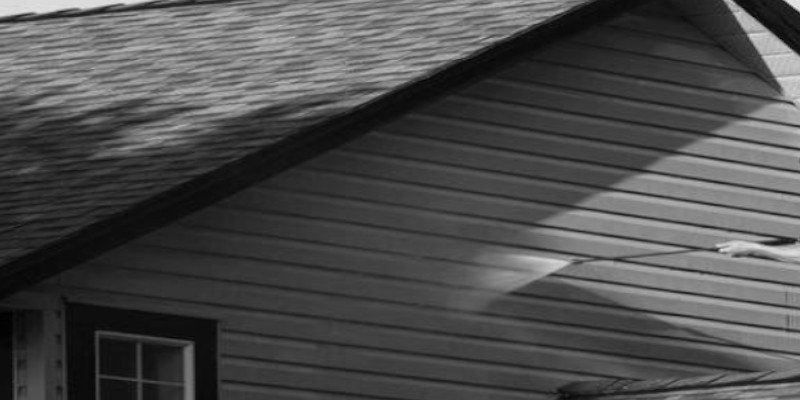
Cleaning cladding with jet washer
source:Static .
3. Cleaning cladding with vinegar
In order to clean the dirt on our fibre-cement cladding boards, the water needs to be able to reach the surface. Water is able to get to the board surface only if water surface tension is reduced to minimum.
When a surfactant is added water can spread out and wet the surface that we want to clean.
What is exactly surfactant?
Surfactants change how water behaves. For instance if we add vinegar, water surface tension is reduced.
If you need to clean off either dirt or dust debris of the fibre-cement surface, the only type of main liquid you need is water. However, water alone is not enough to remove the dirt. According to manufacturer recomendations you should add 10% of vingear to it.
“Cedral can be cleaned with a solution of clean water with 10% white vinegar added.”
source: Cedral .
4. The final type of cleaning of Cedral boards is thermal energy.
Thermal energy simply means temperature. If you want to make life even easier for yourself, then try to raise the temperature of detergent. Similar to when you wash your car in carwash place.
Why is that?
Answer is- warm or hot water can help the stain dissolve quicker. Steam washing is also a good way of removing those stubborn stains, dirt and grime, due to the heat it produces it can often make it easier to clean.
5. Cleaning cladding boards on the north part of house
Algae thrive on all types of facades, although they are by far the most common on the north and west sides of the facades.
Interestingly, the northern side of the building is most exposed to dirt. Next in line is the southern side, then the eastern side, and the least western side. The day and night cycle, changing humidity levels and air flows play a role here.
Algae are able to vegetate and reproduce on any substrate, for example concrete or cladding board. They live in water or in a humid environment, therefore infections occur especially when external walls are insufficiently protected against water and moisture. They can cover entire cladding walls, especially north and north-east facades or appear locally where there is moisture.
Issues such as green algae and general dirt which are often seen on external walls can easily also be resolved using slightly soapy water.
Why do I see algae on my cladding?
The cause of the appearance of algae is often the cooling of the wall surface to a temperature lower than the ambient temperature, as a result of which moisture condenses on its surface. It is a phenomenon analogous to the formation of frost on car bodies in autumn days at a temperature above zero. Therefore, quickly overcooling walls finished with thin-layer thermal insulation systems with low thermal inertia are often contaminated.
Cladding near trees
The building's surroundings also have a significant impact on dirt. Especially if there are trees not far from the cladding walls - so much the worse if they shade the facade. The more trees and shade, the more likely the cladding board will get dirty.
Hire a cleaning company
While cladding may be hard for you to clean yourself, you may want to think about having cladding cleaning services. They will have all of the relevant tools and training to do so and they will also ensure cladding is not damaged in the cleaning process.
When is the best day to clean cladding?
It is best to wait for a warm, dry day. Do not try to wash on a windy day.
What are the tips to keep Cedral cladding always clean?
When it comes to keeping boards clean, the best way to do this is by simply making cladding cleaning a regular part of your home maintenance routine. An annual cleaning can help prolong the life of cladding.
More Articles:
Cedral Cladding and Frequently Asked Questions
Cedral cladding. Lap or Click?
Fibre cement cladding technology
How to install Cedral Click Cladding
How to install Cedral Lap Cladding
Weatherboard Touch Up Paint for Cedral
How much is Cedral cladding per square Metre?
Cedral Weatherboard. Timeless façade board?
Bibliography
1.American Cleaning Institute "THE CHEMISTRY OF CLEANING" accessed April 13, 2022
https://www.cleaninginstitute.org/understanding-products/science-soap/chemistry-cleaning
2.cjpaintspraying.com "DO’S AND DON'TS OF CLADDING CLEANING" accessed April 13, 2022
https://www.cjpaintspraying.com/2018/03/dos-and-donts-of-cladding-cleaning/
3. Cedral.world “Frequently Asked Questions” accessed April 13, 2022
https://www.cedral.world/en-gb/cladding/support/#:~:text=Cedral%20can%20be%20cleaned%20with,with%20clean%20water%20is%20sufficient.
*All the information provided in the content published on Insulationgo blog is for informational and educational purposes only. Insulationgo LTD makes every effort to ensure the accuracy and timeliness of the content, but we do not assume any responsibility for any errors or omissions.
The information presented on this blog should not be considered as professional advice or a substitute for consulting relevant experts. Before making any purchase decisions or taking action based on the information presented here, it is strongly recommended to contact the product manufacturer directly to verify the details and ensure its suitability for your specific needs.
By using this blog, you acknowledge and agree that Insulationgo LTD shall not be held liable for any damages, losses, or inconveniences arising from the use or reliance on the information provided herein. This limitation of liability applies to all users of the blog, including but not limited to visitors, readers, and subscribers.










































































































